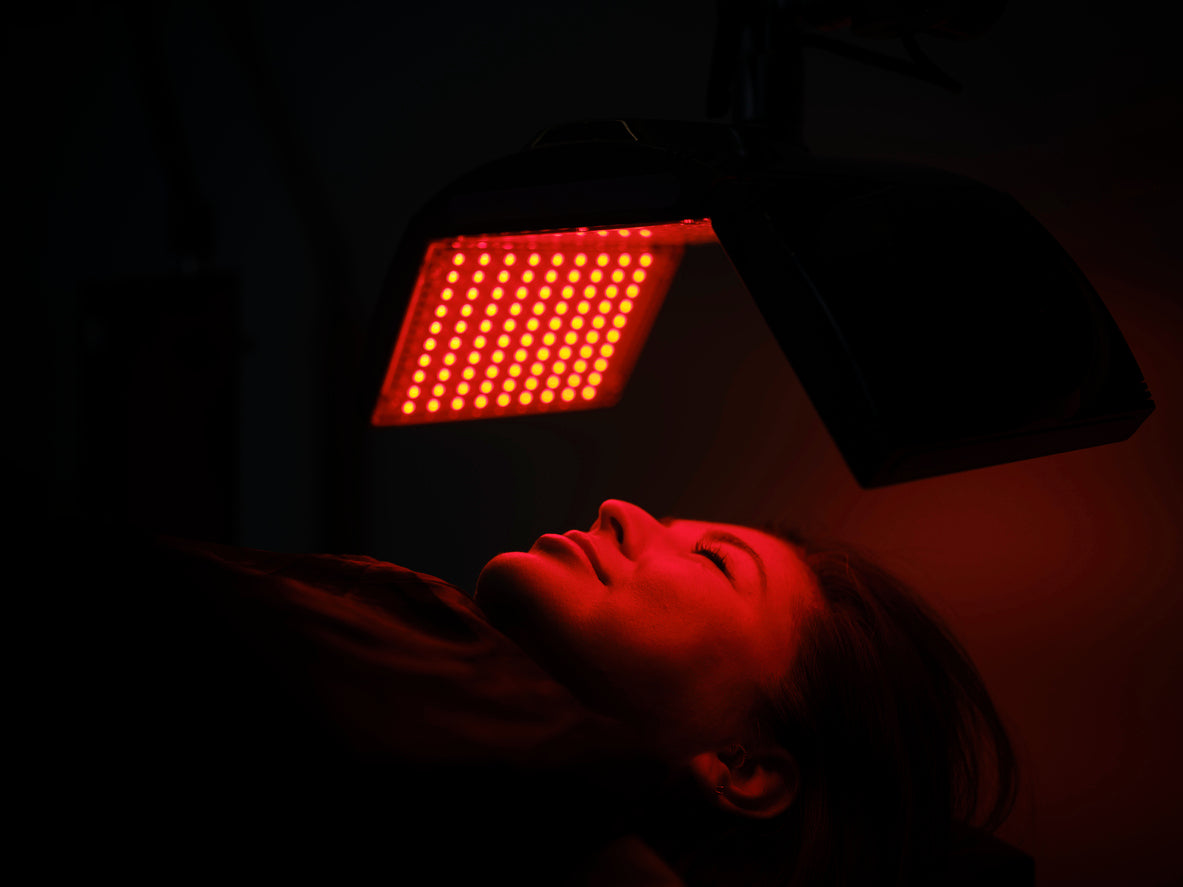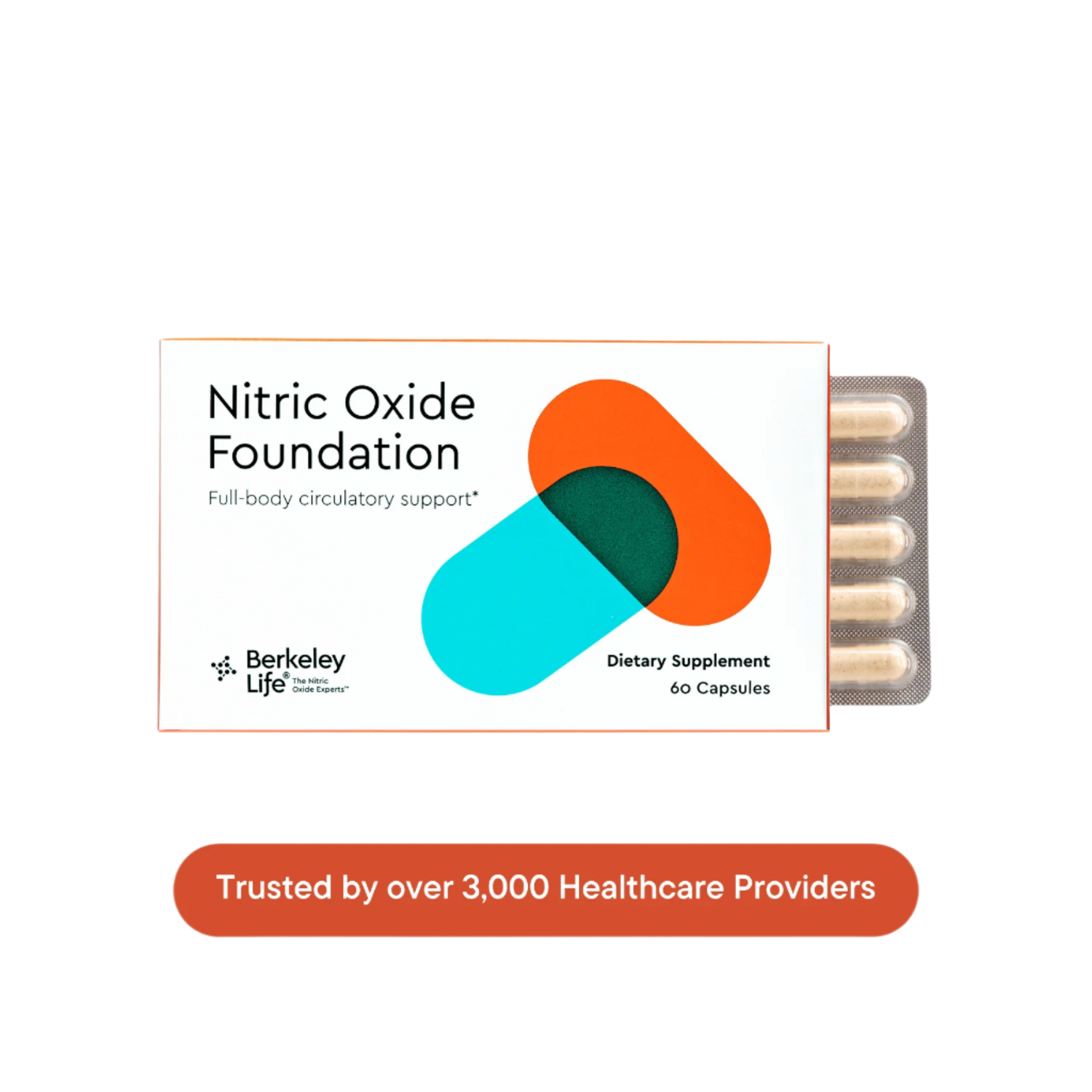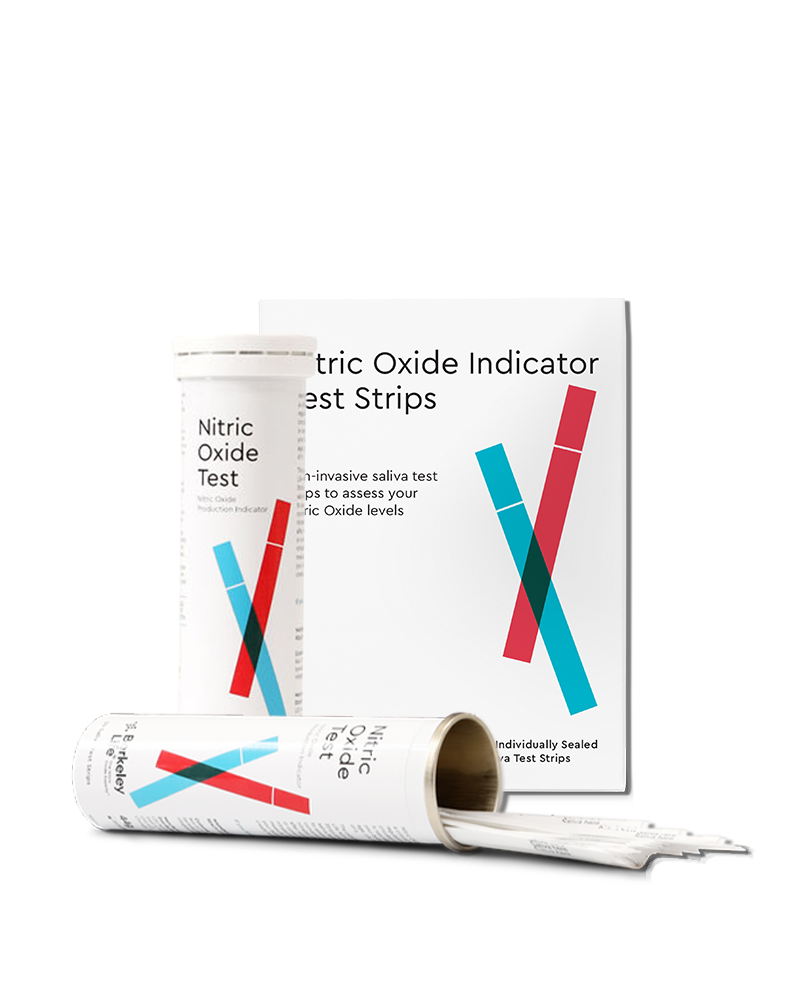Supercharge Your Recovery: How Red Light Therapy and Nitric Oxide Work Together

Red Light Therapy has become a popular tool for supporting skin health, muscle recovery, and overall circulation. But while its benefits are well-documented, many don’t realize there’s a key biological factor that can significantly enhance its effectiveness: Nitric Oxide (N.O.).
Nitric Oxide is a naturally occurring molecule in the body that plays a critical role in blood flow, oxygen delivery, and cellular energy. When N.O. levels are adequately supported, whether through diet or science-backed supplementation, Red Light Therapy has the potential to deliver even greater results.
What is Nitric Oxide (N.O.)?
Nitric Oxide is a vital signaling molecule that your body produces, primarily from dietary nitrates found in vegetables like beets, arugula, and spinach. It plays several important roles, including:
-
Vasodilation — widening blood vessels to improve circulation.
-
Enhancing blood flow and oxygen delivery throughout the body.
-
Supporting cellular energy production (ATP), which fuels cells.
-
Regulating immune function and metabolism.
However, as we get older, our natural ability to produce Nitric Oxide decreases. Factors such as poor diet, oral health issues, and lifestyle stresses can further reduce these levels. Supporting Nitric Oxide production through nitrate-rich nutrition or targeted supplementation can help maintain healthy circulation and overall wellness.
What is Red Light Therapy?
Red Light Therapy (RLT) uses low-level wavelengths of red (600–700nm) and near-infrared (700–900nm) light to stimulate cellular function. RLT is well-documented for its effects on:
-
Enhancing mitochondrial energy (ATP) production.
-
Reducing inflammation and oxidative stress.
-
Promoting tissue repair, wound healing, and skin regeneration.
-
Supporting muscle recovery and performance.
These benefits are rooted in red light’s ability to penetrate the skin and influence cellular function at the mitochondrial level.
How Nitric Oxide and Red Light Work Together
The relationship between Nitric Oxide and Red Light Therapy reveals how light frequency and biology can work together to amplify wellness. Here's how they interact to enhance each other's benefits:
1. Red Light Stimulates Nitric Oxide Release
Red and Near-Infrared Light help release bound Nitric Oxide from cellular enzymes like cytochrome c oxidase within mitochondria. This action improves mitochondrial respiration and increases ATP production—fueling cellular repair and energy.
2. N.O. Improves Circulation During Red Light Therapy
Nitric Oxide widens blood vessels and improves circulation, which helps oxygen and nutrients reach tissues undergoing red light exposure. This enhanced delivery supports the body’s natural healing and regeneration processes during and after each session.
3. Supports Recovery and Anti-Inflammatory Effects
Both Red Light Therapy and Nitric Oxide help reduce oxidative stress and support anti-inflammatory activity, especially in muscle and joint recovery. Using both together may create a compounding benefit for individuals recovering from inflammation due to physical activity or injury.
The Role of Nitrate-Based Supplementation
While consuming leafy greens and beetroot is one way to boost Nitric Oxide, studies show the average intake of dietary nitrate in the U.S. is only 150 mg/day, well below the 300–400 mg recommended to support optimal N.O. production.
Berkeley Life offers a nitrate-based supplement designed to support Nitric Oxide production through clinically studied doses of dietary nitrates, along with synergistic ingredients like Vitamin C and Magnesium. The formula is rooted in the same pathway that converts vegetable-based nitrates into usable Nitric Oxide in the body—making it a science-backed option for individuals looking to enhance cardiovascular, metabolic, or performance health.
Berkeley Life also provides Nitric Oxide test strips, which allows individuals to monitor changes in their levels before and after supplementation, offering a practical and measurable approach to optimizing this essential molecule.
How to Incorporate N.O. with Red Light Therapy
If you regularly use Red Light Therapy—or are considering starting—here’s a simple way to maximize its effectiveness with Nitric Oxide support:
Step 1: Take a nitrate-based supplement (like Berkeley Life’s N.O. Foundation) once daily.
Step 2: Use your Red-Light Therapy device as directed (5–20 minutes per area, depending on the device).
Step 3 (Optional): Use Nitric Oxide test strips 90 minutes after supplementation to track your levels over time.
A Smarter, Science-Backed Stack
Red Light Therapy already offers impressive benefits on its own. But by supporting Nitric Oxide levels—through diet and supplementation—you may see:
-
Faster recovery
-
Improved circulation
-
More visible skin results
-
Better performance outcomes
The science is clear: when it comes to optimizing light-based therapy, Nitric Oxide isn’t just helpful—it’s essential.
Shop This Article:
Shop This Article
-

N.O. Foundation
$49.99
-

NO Test Strips
$4.99

